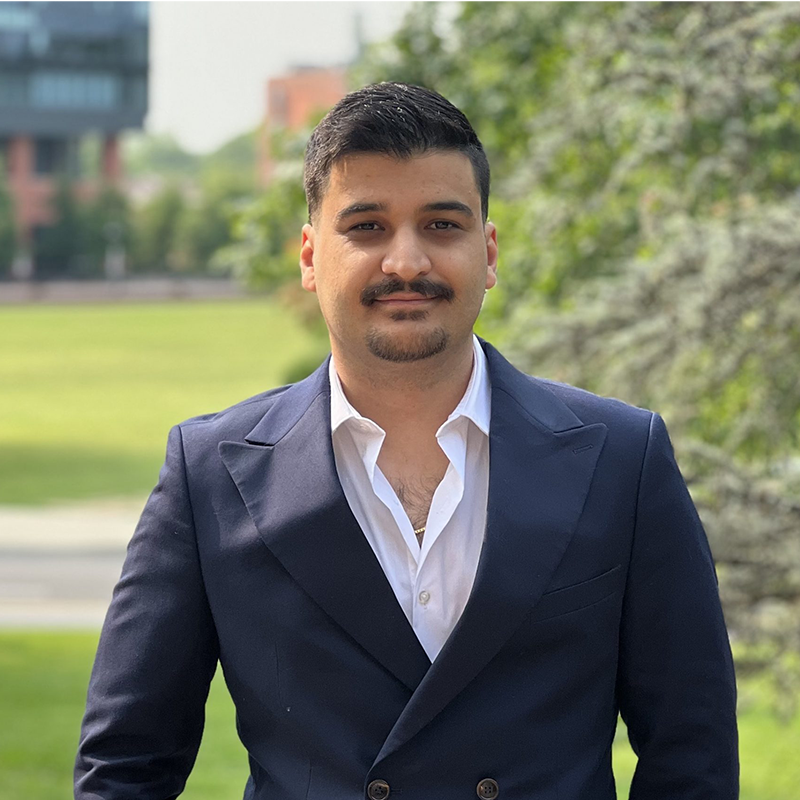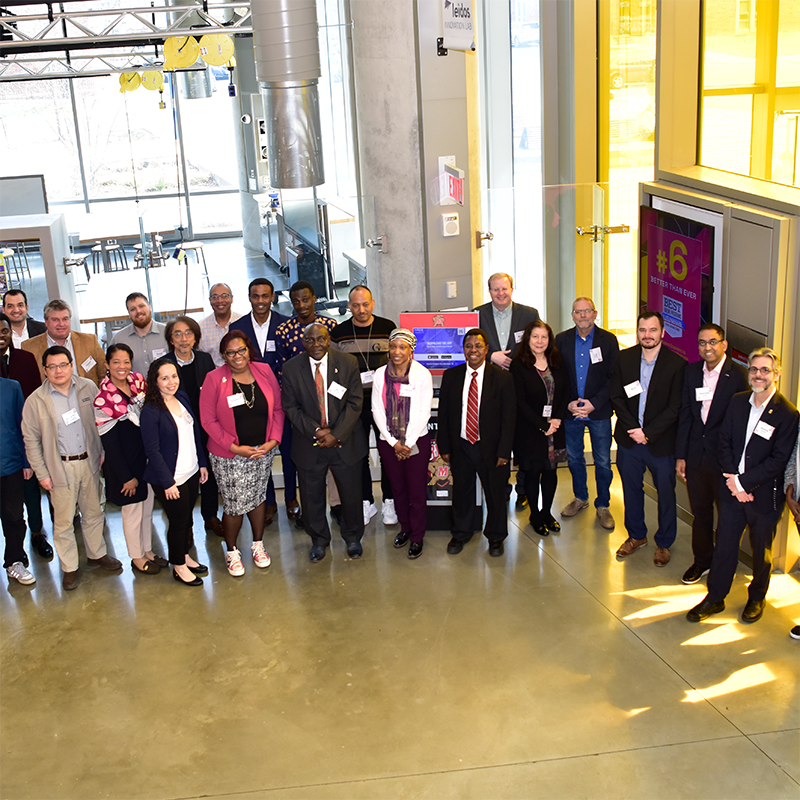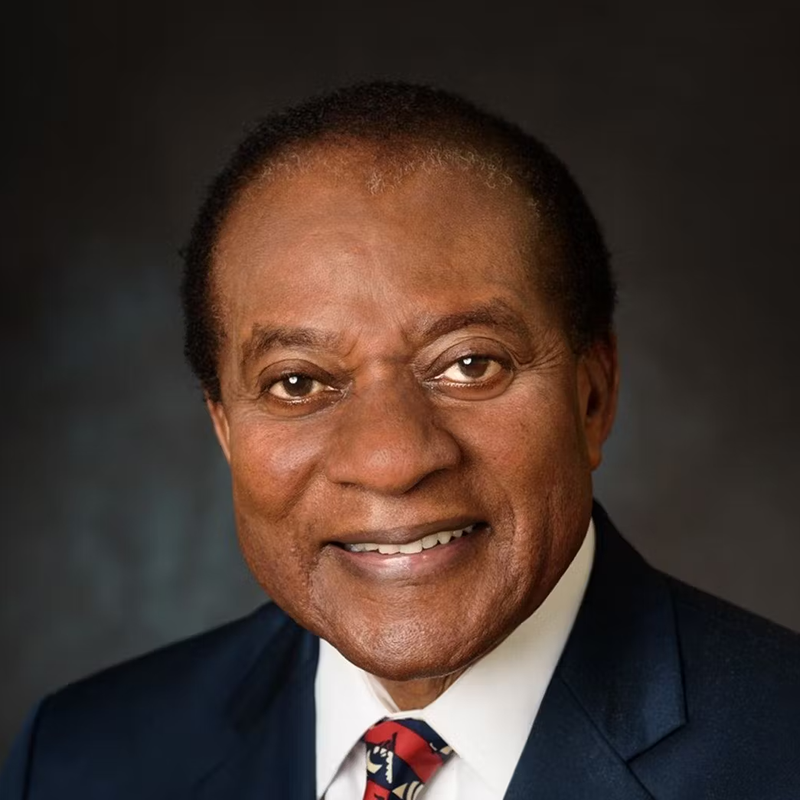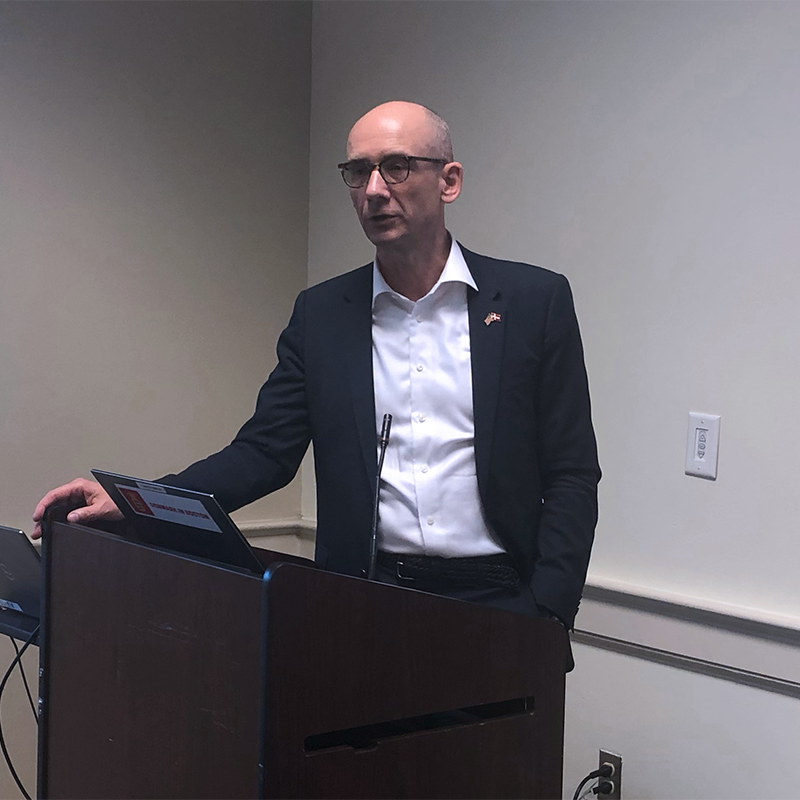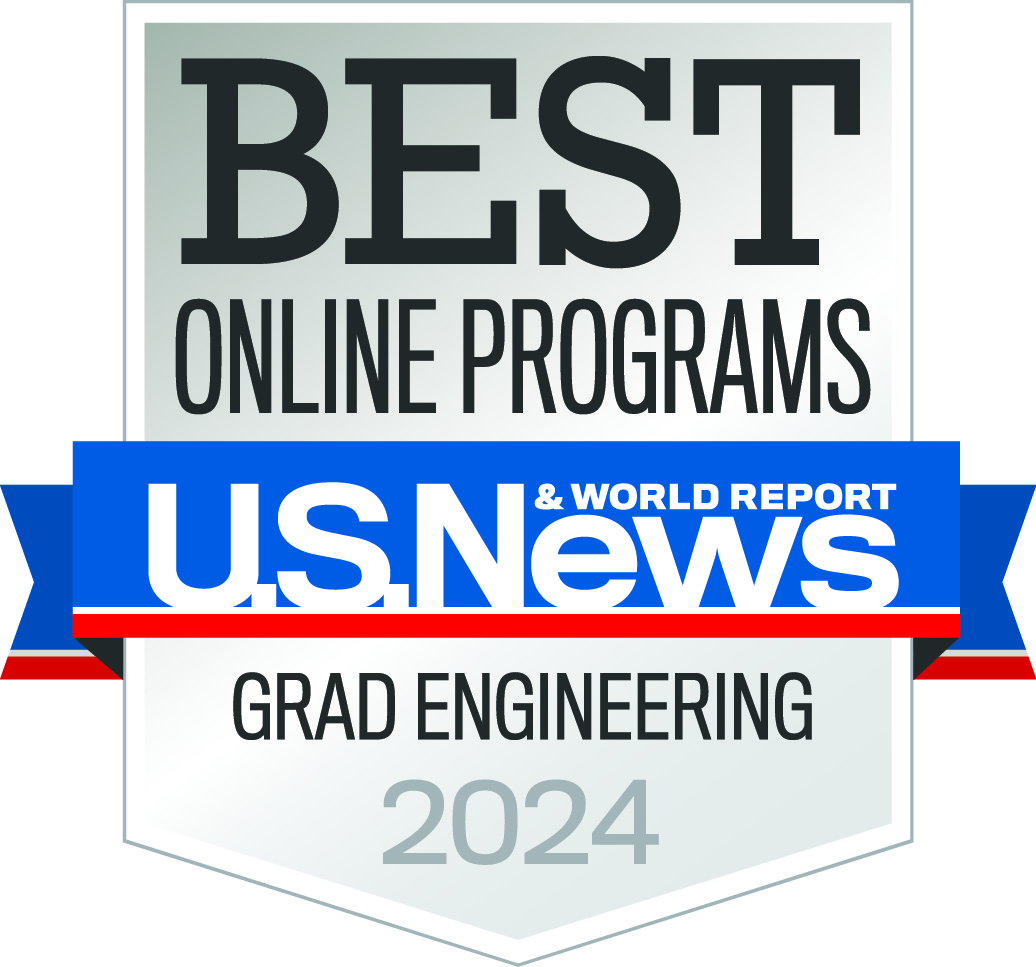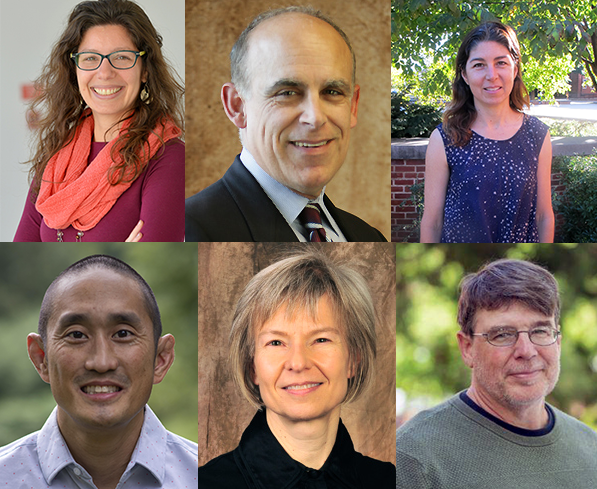News Story
NTC@Maryland Sponsored FHWA Connected Vehicle Demo at UMD Campus
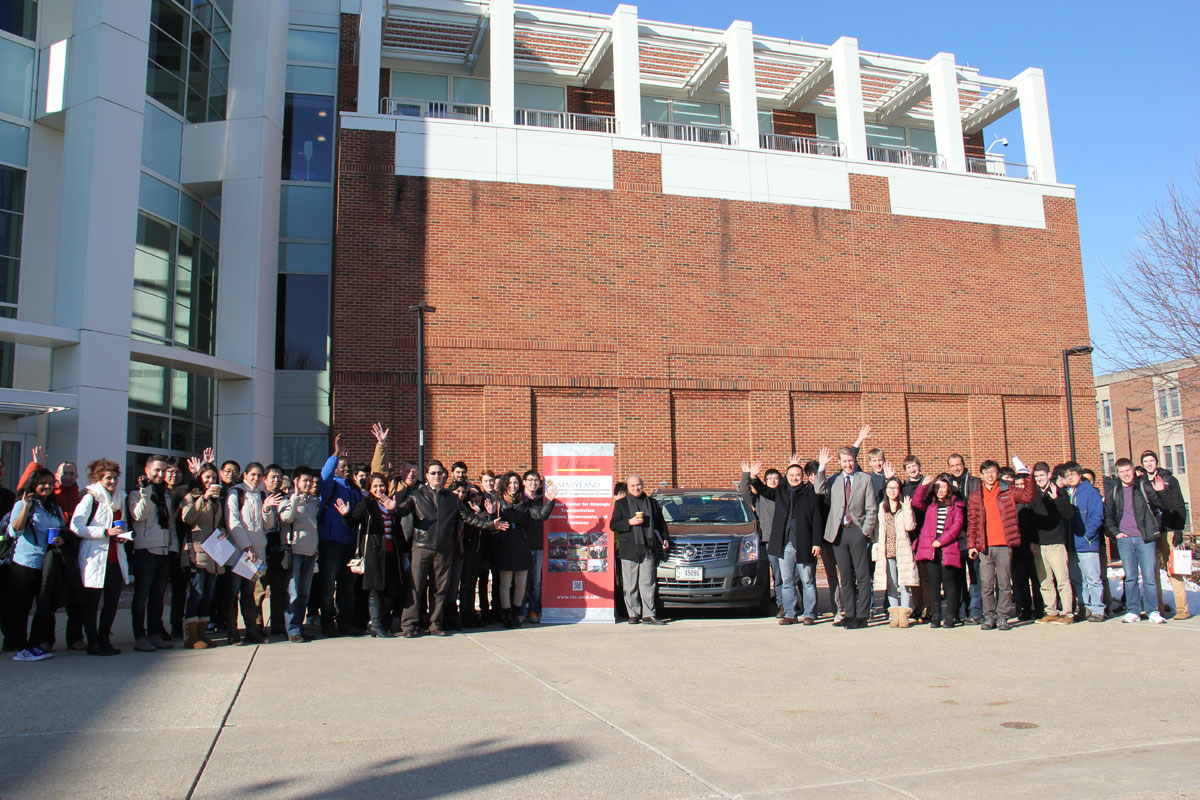
Cory Krause started with a motivation and a description of the current state-of-the-art. Road networks face challenges in safety, mobility, and environmental impacts. On the safety side, reducing crashes is the primary task. Reducing congestion and delays will increase the efficiency of passenger and freight transport. And on the environmental side, transportation systems need to find ways to reduce fuel usage and carbon dioxide emissions. Mr. Krause noted that connected vehicle programs can deal with all three of these challenges.
He then described the US Department of Transportation’s Connected Vehicle Pilot Deployment Program. This program is designed as a testbed to spur early deployment in order to measure benefits and resolve deployment-related issues. Some specific works that were described were dynamic speed harmonization and cooperative adaptive cruise control (CACC). Dynamic speed harmonization involves adjusting speed limits dynamically in order to reduce bottlenecks and shockwaves. A possible implementation of this would be through vehicle-to-infrastructure communication that would adjust vehicles’ speeds automatically. In CACC, connected vehicles would link up in platoons and synchronize speeds in order to improve traffic flow stability. A video showing truck platooning was profiled during the presentation.
Next, Taylor Lochrane discussed the future of connected vehicles. He began by noting the car industry’s emphasis on vehicles that do not crash. This relates to the safety motivation mentioned earlier in the talk. Mobility and environmental improvements can be made in connection with this safety emphasis. Dr. Lochrane mentions five levels of vehicle automation: (1) none, (2) function-specific, (3) combined function, (4) limited self-drive, and (5) full self-drive. Additionally, some specific application areas were mentioned such as vehicle-to-pedestrian communications and eco-drive applications. In vehicle-to-pedestrian communications, vehicles could send out messages that could be received by individual’s mobile devices. The devices could then warn pedestrian about unsafe crossing conditions to reduce pedestrian crashes. The eco-drive applications mentioned involved technology and algorithms to optimize fuel consumption. For example, traffic signals could broadcast their timings to vehicles and vehicles could adjust their approach speeds to eliminate or minimize stopping time at red signal indicators.
The presentation concluded with a description of the research facilities that Federal Highway Administration has devoted to connected vehicle technology research. At TFHRC, nine connected test vehicles and a connected intersection are used for research projects. Additionally, opportunities for student and post-doctoral involvement were mentioned including graduate research fellowships, the Pathways Program, STIPDG, NRC fellowships, as well as full-time employment positions.
Following the seminar, Dr. Lochrane and Mr. Krause hosted a live demo of a FHWA connected vehicle. This portion of the NTC hosted event allowed participants to see and interact with a state-of-the-art connected vehicle used for FHWA research. Attendees were able to sit in the vehicle to experience how the vehicle communicates and interacts with the driver. This experience solidified the connected vehicle applications discussed in the seminar presentation. The event also captured the interest of several passers-by whom stopped to learn more about the future of traffic research. In doing so, the NTC was able to educate several non-transportation engineers on this cutting edge technology that is certain to impact how the public travels in the very near future.
Here is the YouTube Video explaining this research.
Published March 13, 2015
